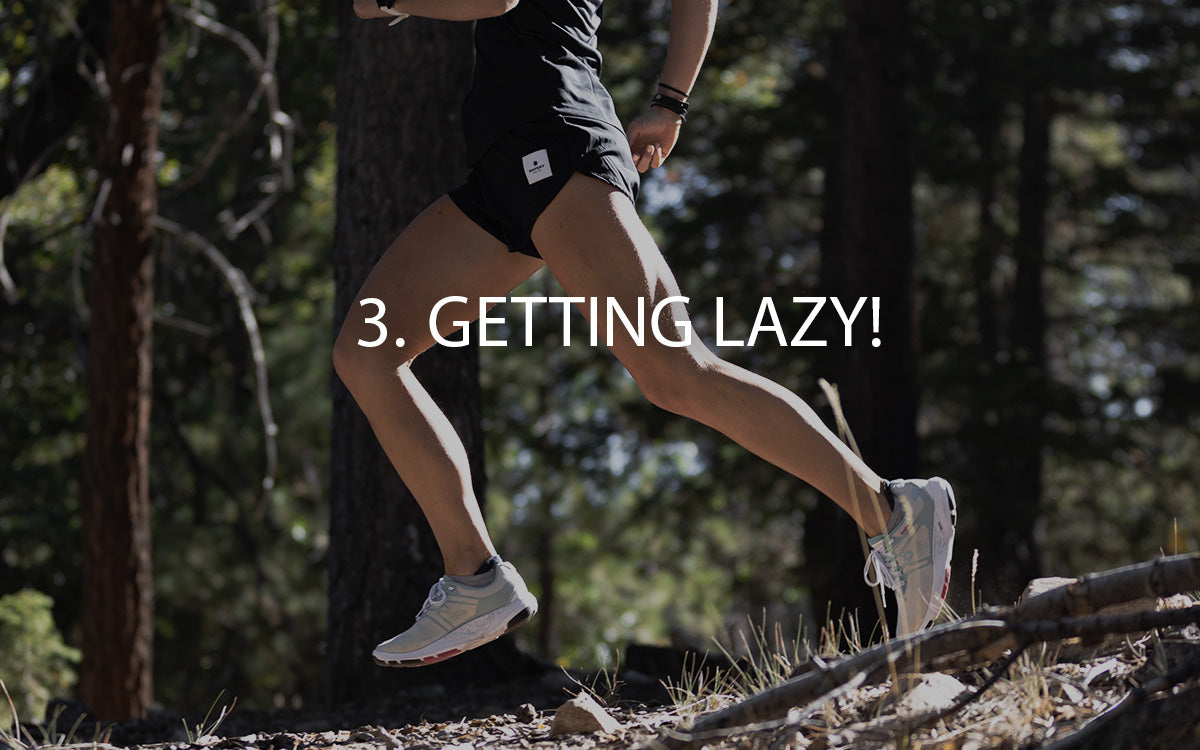The key to becoming a more efficient runner is to improve your “interaction” with the ground - essentially how you land and propel yourself forward with each footstep. Recent research has shown that the single most important factor to improving “running economy” (the amount of oxygen consumed in relation to velocity) is reducing the length of time spent in contact with the ground. The shorter the “contact time,” the faster and more efficient a runner you are. Being in contact with the ground slows you down - reducing the natural spring of muscles at impact.
Longer “contact times” tend to be the result of overstriding; running in a way that leads you to land in front of your body and predominantly on the heel. Many runners and coaches have confused “heel striking” to be the issue - but some of the world’s best runners are “heel strikers.”
The key to shortening your contact time is adapting where your foot lands in relation to your body. Efficient runners land underneath their centre of gravity, beneath their hips - with the contact becoming more of a glancing blow.
So, how do we put this into practise? Here are 5 common form mistakes with solutions to help you improve your interaction with the ground.





